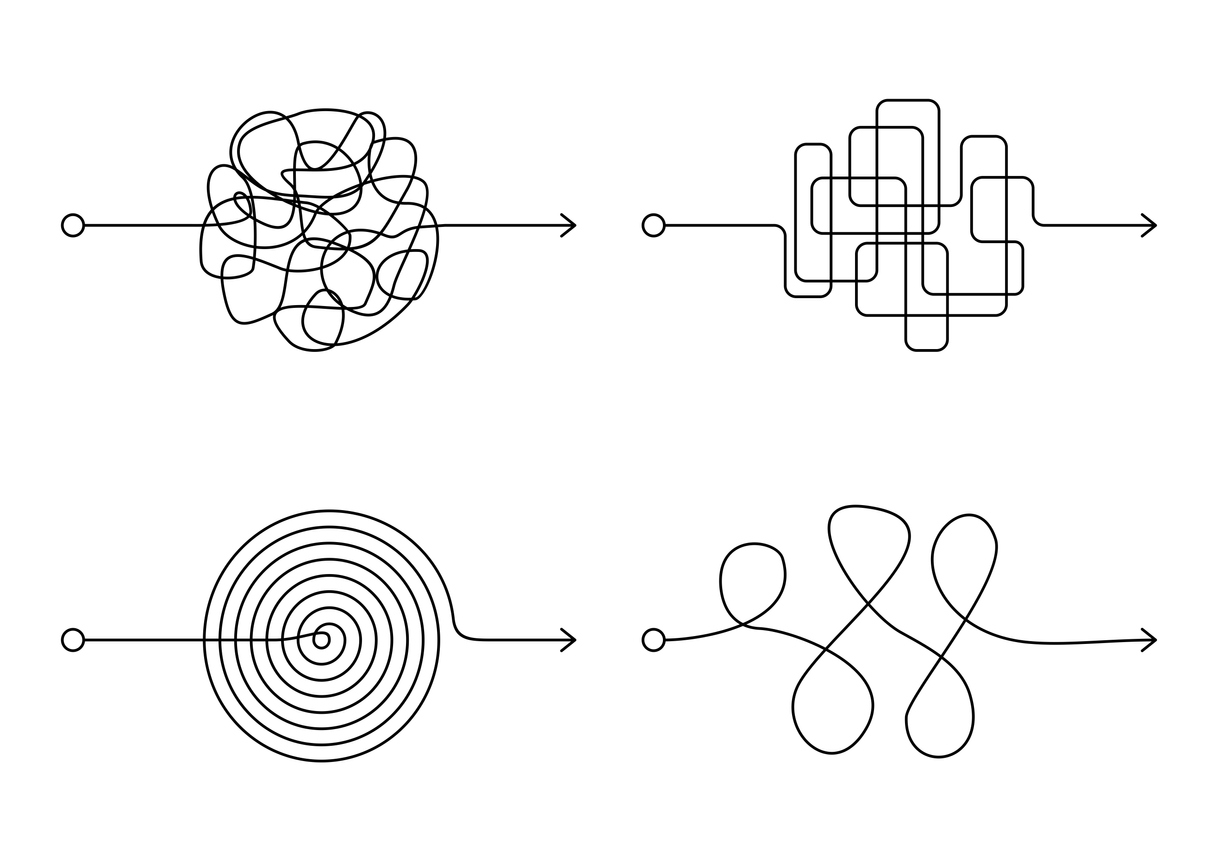The FY 2022 Generic Drug Science and Research Initiatives Public Workshop held May 9-10, 2022, addressed a significant number of complex drug product questions as well as feedback from the industry as to what steps would be helpful for FDA to undertake to facilitate complex product development, review, and approval. With GDUFA III considered to be a closed door, some of the suggestions certainly would help, but time and money are short on the FDA side.
There were other problems addressed in the day one presentation that included the issue of confidential trade secret information that could provide some obstacles in the release of certain information and how the FDA’s hands are somewhat tied when these issues arise.
Even with the recent success with FDA’s approval of some complex generic products in the last 5-7 years, presenters stated there is still a lot of room for improvement, like more specificity in the publication of product specific guidances (PSGs) to help firms design appropriate studies and specifics of the analytical tools that are the most appropriate methods to use. Areas of improvement were also directed towards long-standing problems with complex transdermal products such as adhesion and irritation studies and pK issues with complex long-acting injectable products.
The hot topics centered on PBPK modeling. A case study was presented modeling used for a complex, modified-release capsules that had differing dissolution profiles; developing master files for sharing data for establishing concepts and detail for implementation of model-integrated BE packages in regulatory submissions; the use of sharing of data to facilitate regulatory review and model development which can present some logistical, practical, and legal considerations.
As we all know, differences in formulation for all products (but especially those of complex generic products) can require differences in specifications, analytical methods, and manufacturing processes. Compiling sufficient data to support modeling across different release mechanisms or formulations might be difficult (if not impossible, at times) and in vitro or modeling methods will need continued development and refinement as more data becomes available.
Other presentations addressed nitrosamines in drug substance, excipients, and drug products. In addition, FDA discussed the problems associated with characterizing of polymeric excipients in complex dosage forms and the industry outlined the current limitation of characterization in complex dosage forms.
One of the goals of modeling of data is to reduce regulatory burden as well as reduce the requirement/reliance on expensive bio studies with clinical endpoints. This is particularly relevant as FDA touts its first success of approving a generic diclofenac topical gel through modeling, thus eliminating the need for the “clinical” study. For FDA to be moving in this direction is welcome by all stakeholders. The only questions are, how long will it take? And will such modeling it be broadly applicable to a specific class of products or just a single product in a class?
Presentations are available here and FDA notes that PDF versions of these slides will be available on FDA website with 1-2 weeks.



